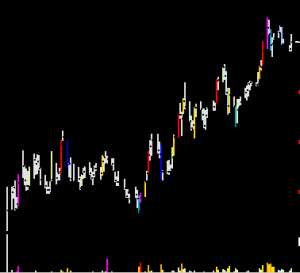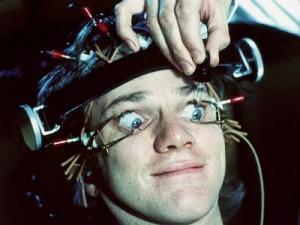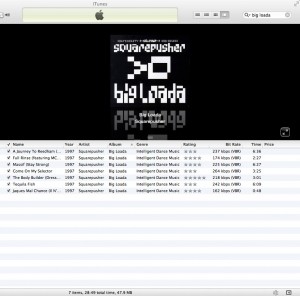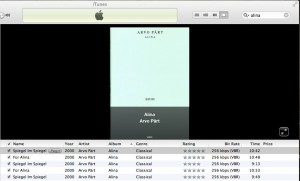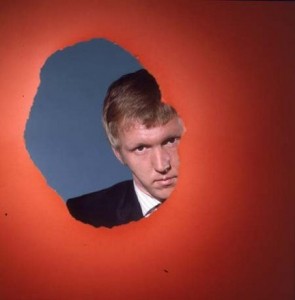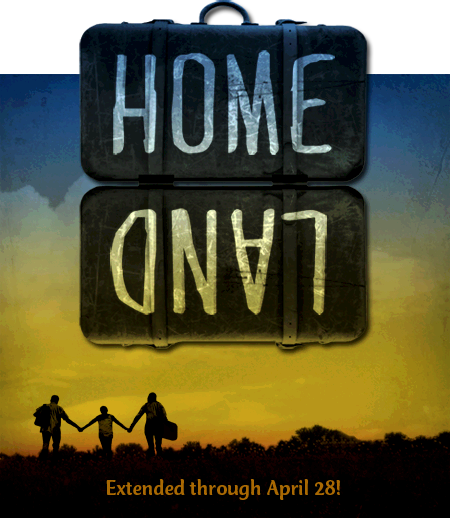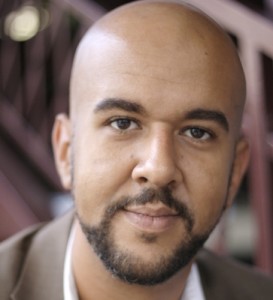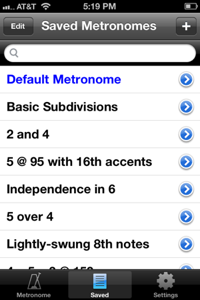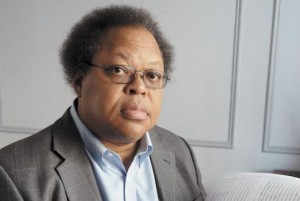On Thursday morning we performed at a private home for a man who is no longer able to leave the house for luxuries such as concerts. A director of over two hundred films, you've undoubtedly seen his name listed near the top of a set of end credits as they scroll up and out of sight. Lest you assume this was some display of vanity, summoning a quartet to his home, our outing was at the request of the family for a father/grandfather/husband nearing the end of his life. One whose love of music is profound. A director who during his career frequently insisted on hiring a film composer and orchestra for his projects' soundtracks. Let's call him The Director.
The Director is infirm, but there are no IV carts or humming machines inhibiting his movement or the subtle one-corner-of-the-mouth smile that appears when the incorrigible violist of said quartet makes a crack about how "This house is great, but it could really use a painting or two" (we played beneath a Miró not one but two Siquieroses). Sitting beneath a towering, 12' totem as the family and guests absconded for post-concert sandwiches, The Director guided my questions about his work toward discussions of the music within them. Then we agreed that Stephen Daldry's 2002 picture, The Hours, was only The Hours because of the architecture of the Phillip Glass score buoying it. A family friend rounded the couch to ask, without malice (or understanding), if our intention was to "Do this music full-time." The Director's knowing smile squelched any desire on my part for a snide retort. Had The Director and I been at some high-society soiree back in his more agile days, we would have snuck in a bottle of Pappy Van Winkle and one-upped each other on disparaging the collagen-jobs parading around the room.
The gratitude of The Director's wife and two adult children was heartfelt and earnest, and as we headed down the front steps, my thoughts began to coalesce: this Haydn and Brahms and Ravel could very well be the last bit of live Kammermusik The Director will experience. It's perhaps morbid to say, and yet the fact remains that this man misses concerts so deeply that his family was ultimately inspired to make the request. Music is vital to more than just musicians.
The only people likely to read this are the proverbial preached-to choir, but I'd venture to guess that this thought has surfaced, epiphany-like, for you as well at some singular moment. Hopefully, and likely, more than once.
Spektral has made every effort to create an event in Theatre of War that moves the dynamic of the concert as temporally-restricted art-moment to something with more tenacity. From the donation of ticket proceeds to the Vet Art Project to the post-concert interviews to the impact of each piece included on the program, it's all built to be like a handprint in hardening concrete. The kind of performance that moves beyond Holy-shit-how-do-they-play-in-
Thanks to The Director for reminding me that this is the kind of music I want to make.

